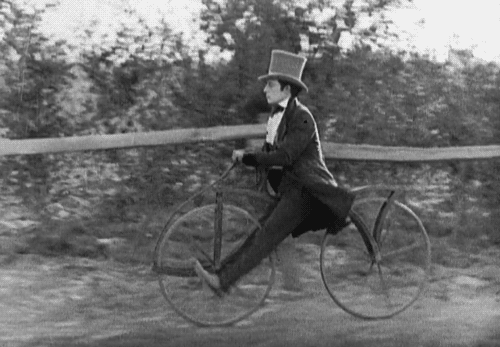In Adrienne LaFrance’s latest smart Atlantic piece on technology, the writer suggest Honolulu as the ideal place for Google to import its driverless technology, since the Oahu city has optimal weather conditions and terrible traffic. Embedded in the latter part of the article is a counterintuitive contention that makes sense: The rise of the autonomous car may lead to a greater, not lesser, demand for public transit, even if the eternal search for parking spots is removed from the equation. The excerpt:
If driverless cars are going to take off anywhere, Oahu seems like a strong candidate for early adoption. That’s still no guarantee.
“I believe that driverless taxis are going to induce a large-scale abandonment of car-ownership in urban areas over the next two to three decades,” said Shem Lawlor, the director of Clean Transportation at the Blue Planet Foundation in Honolulu. “However, since the pricing will still not be as cheap as walking, biking, or transit—and since it’s logistically impossible for driverless taxi services to ever move a sizable percentage of peak-hour traffic volume, I believe we are going to see a tremendous increase in demand for public transit, biking infrastructure and walkable neighborhoods.”•

